Specifications
Technical details, dimensions, and performance specs for industrial packaging products.
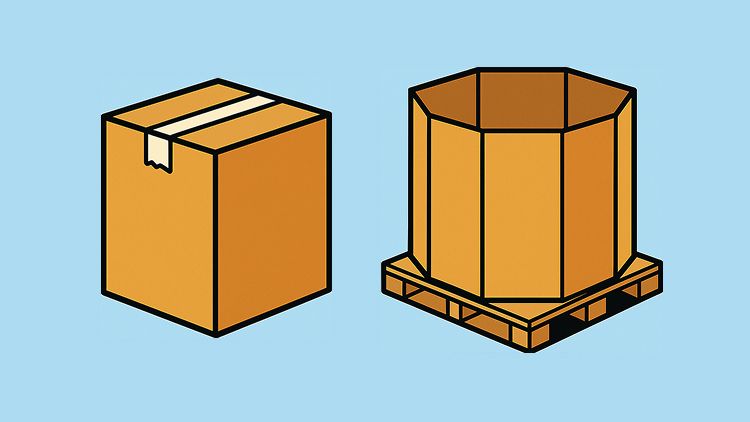
Short answer: Use an RSC (regular slotted container) for case-packed, parcel-friendly shipments; opt for a pallet-sized bulk bin (often called a “Gaylord”) for heavy, loose, or consolidated product that moves by forklift.
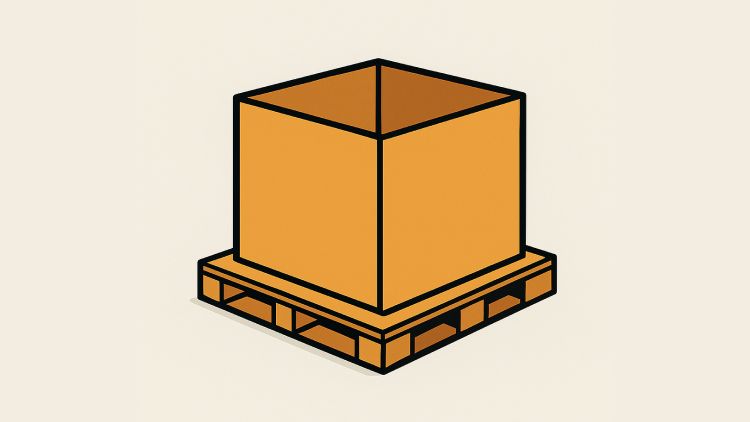
In the world of packaging procurement, terms like pallet box, Gaylord box, octabin, and bulk bin often overlap, leading to confusion. This guide provides an authoritative breakdown based on industry standards, historical context, and technical insights to help you navigate these distinctions effectively.

In industrial packaging, tri-wall boxes — also called triple wall Gaylord containers — set the standard for durability, compression strength, and sustainability. Constructed with three layers of corrugated fluting (seven-ply total structure), these Gaylord boxes are engineered to support heavy loads up to 2,000 lbs, making them essential in manufacturing, defense, and logistics sectors.
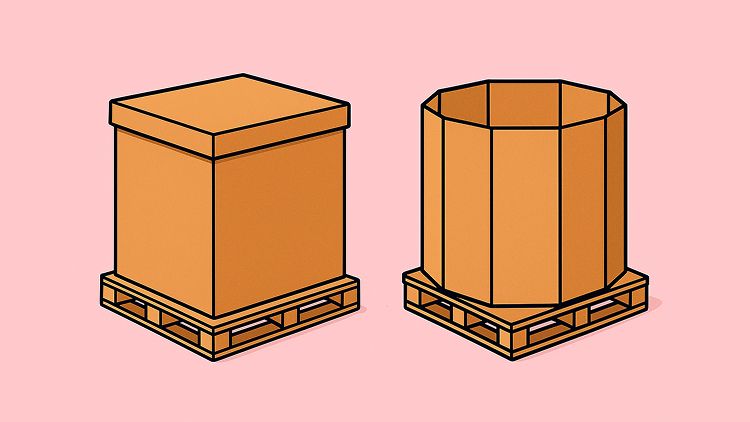
From our experience, Gaylords are corrugated, heavy-duty, reusable bulk bins for real load-bearing. A bulk cargo container can technically be a Gaylord, but most boxes sold as “bulk cargo containers” are lighter capacity and intended for single use. Similarly, many bulk cargo bins with a pallet-sized footprint are described as “Gaylords,” but lack the weight capacity and bulge resistance of a true Gaylord box
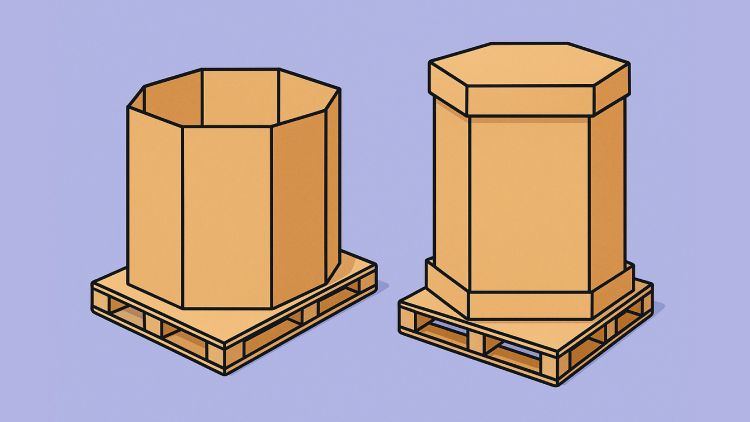
When shipping goods in bulk, the terms "Gaylord box" and "Octabin" are often used, but they aren't always interchangeable. While both are heavy-duty containers designed for pallet-sized loads, the octabin offers specialized advantages for specific applications. This guide will clarify the meaning, features, and key differences to help you choose the right packaging.
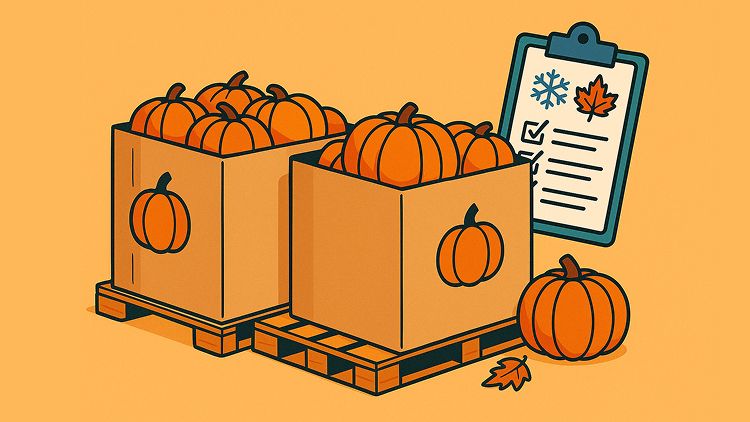
Pumpkin Bins can be plentiful before Halloween, then tighten quickly. After October 31, surplus consolidates at wholesalers while retail demand pivots to pies and baking. The window is short. Prioritize speed, clear specs, and flexible freight. For storage do’s and don’ts (temperature, humidity, and handling), lean on research-backed guides like UC Davis Postharvest (pumpkin & winter squash) and the USDA ARS Commercial Storage manual.
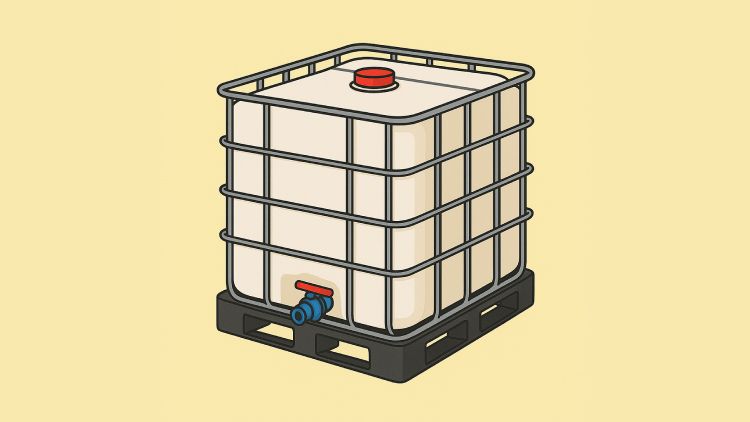
A caged IBC tote, also known as a composite IBC, is built from a blow-molded HDPE bottle held inside a welded steel cage and mounted on a pallet base. Most units hold 275 or 330 gallons and move easily with forklifts. The design protects the bottle, stacks safely, and meets transport standards when properly rated.

If your loads touch grocery, retail, or high-volume distribution, GMA pallets can save time and money. Standardization means fewer jams on conveyors, smoother forklift picks, and fewer claims. But non-GMA pallets have a place too—especially for custom jobs and one-way shipments. This guide shows where standardization pays off and when a non-GMA build makes sense.
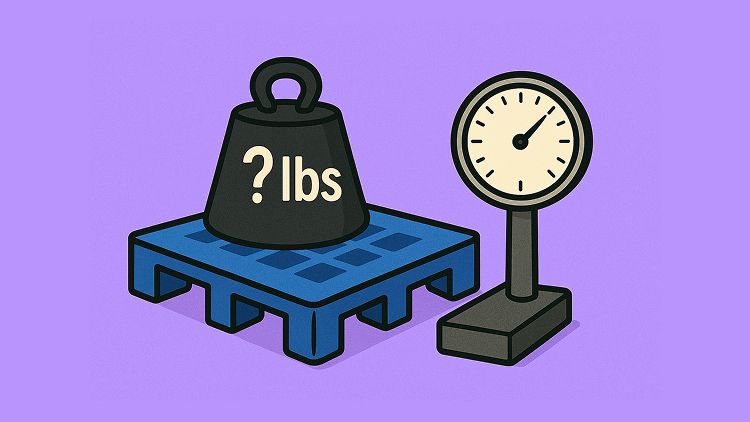
These are common capacity ranges for 48"×40" plastic pallets in real operations. Dynamic (while lifted/moving): ~2,000–5,000 lb Static (stacked on floor): ~15,000–30,000+ lb Rack (unsupported beam/rack): ~1,000–3,000 lb per pallet, model-specific

Not all Gaylord boxes are built the same—and wall count is one of the biggest factors that determines how they perform. Whether you’re shipping lightweight recyclables or dense industrial materials, the number of walls directly affects how much weight a box can carry, how many times it can be reused, and how well it stacks in storage or transit.
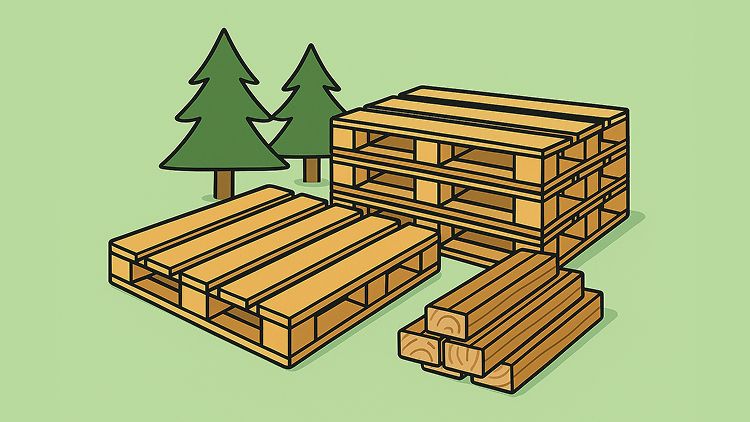
Pallets are built to move product efficiently, not to showcase a single wood species. Most manufacturers use regionally available lumber that meets strength and cost targets. Understanding the common woods—and how design, treatment, and grading interact—will help you specify the right pallet for the job.

IBC totes are designed for efficient bulk storage and transport, fitting neatly into standard warehouse racking and truck trailers. Understanding their size and weight is critical for:

Wood pallets are the backbone of modern logistics, offering a simple yet effective way to move goods across warehouses, trucks, and international borders. But not all pallets are created equal—understanding standard pallet sizes can help businesses choose the right option for efficiency, safety, and compliance.

In the used pallet market, you’ll often hear pallets classified as Grade A or Grade B. While Grade A pallets are closer to “like new,” Grade B pallets serve as a practical, budget-friendly option for businesses that don’t require perfect appearance or uniformity.

When exploring used pallet options, you’ll often encounter the term Grade A. But what does it really mean? Simply put, Grade A pallets represent the highest standard in the used pallet market. They’ve been in circulation before, but by the time they’re offered for resale, they are in excellent condition with all necessary minor repairs already completed.

Gaylord box dimensions refer to length × width × height of a bulk corrugated container built to sit on a pallet. In North America, 48" × 40" is the most common footprint; height is selected for the job at hand. The key is to match interior space to your product and handling method, then confirm that the full outside dimensions fit your aisles, racks, and trucks.

